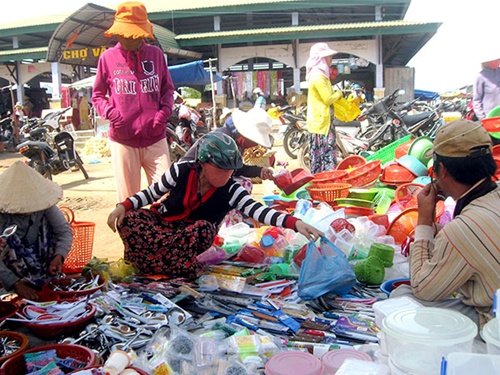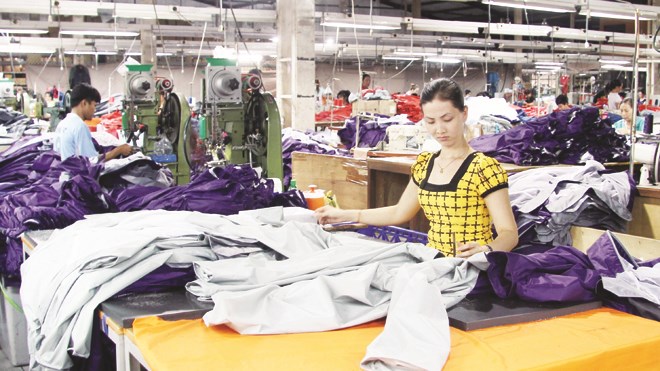Businesses eye rural market
Businesses eye rural market
Viet Nam's rural market holds great potential for the consumer industry, a new study has found.

The 2014 Nielsen Viet Nam Rural Study of 700 rural consumers nation-wide said the rural community, which accounts for 68 per cent of the country's 90 million population, is investing in education and enjoying similar income growth as its urban counterpart.
Vaughan Ryan, managing director of Nielsen Viet Nam, said, "There is increasing interest from the local and multinational business community alike around Viet Nam's rural consumers."
Rural consumers account for half of the domestic spending on Fast-Moving Consumer Goods (FMCG) – products that are sold quickly and at relatively low cost goods, yet they are not just purchasing the cheapest offering but looking for value for money, he said.
The rural consumer wants more and wants it fast, he said.
"They want their kids to live a better life than they did and they aspire for them to have more choices. They see education as a key vehicle to making this happen as more of them have regular incomes."
The study found that traditional channels continue to play a pivotal role in rural regions though the number of modern retail outlets is increasing.
Wet markets are the most popular retail channel in rural Viet Nam with a person making 16 visits per month on average, followed by fairs and street vendors.
Modern outlets such as grocery stores experience between six and nine visits a month on average, while supermarkets trail below at just one visit every two months.
A shopper spends VND655,200 (US$31.2) a month on average at traditional outlets and only VND175,000 ($8.3) at modern outlets.
Shoppers tend to buy items such as personal and household care products, beverages, seasoning, and dairy products from modern trade outlets and fresh foods, seasoning, and some household items from traditional outlets.
The study also found that retailers' recommendations are a powerful brand endorsement as 90 per cent of retailers recommend products to shoppers and 31 per cent of the latter follow the recommendations.
With rural consumers' aspirational outlook and fascination with urban lifestyles, there is opportunity for growth in categories that appeal to the desire for progress and lifestyle changes, in particular health and beauty and household cleaning products, according to the study.
Rural consumers also show a thirst for new products – 77 per cent want to try new products and 95 per cent appreciate having a wide range of products to choose from.
The study also pointed out that television is the key to reach and connect with rural consumers as 99 per cent watch TV on a regular basis and 69 per cent claim to obtain product information from this source.
Television viewing accounts for 88 percent of total media consumption.Vaughan said more and more consumers were willing to buy Vietnamese-made and -owned products. The perception of quality remained for certain internationally made products, but even this was changing, he said.
"The real concern for rural consumers is more around products imported from within the region with unclear origins and low quality, which are perceived to be far inferior or even a threat to the health and safety of their families."
Fakes and copies are rife in Viet Nam, with one in four rural consumers having experienced fake and low-quality products, and as a result being cautious about their purchases.
The study, carried out from January 1 to 18 this year, was aimed at providing an overall picture of Viet Nam's rural areas for firms who have been or are going there, research consuming habits, and measure the purchasing capacity of people there. It used qualitative (interview) quantitative (questionnaire) and retail methods (watch on retail market at rural areas).
bizhub



















